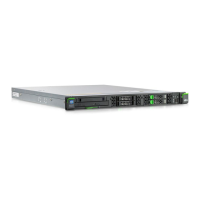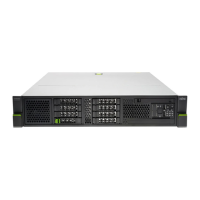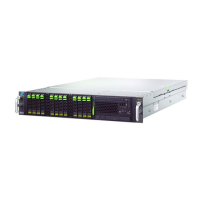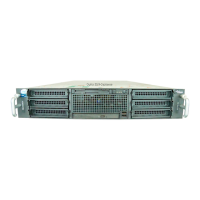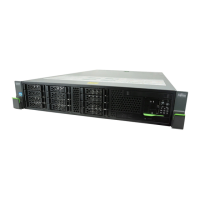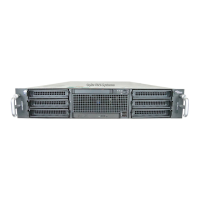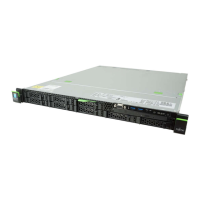Degree 1 Degree 3
E1
C9 C8 C3 C9 C8
C9 C8
E4E3E2E1
C1 C16
E4
E3E2E1
MXP Muxponder
TXP Transponder
Add/Drop Traffic:
Degree 1
Degree 2
Degree 3
Degree 4
C1 C16
C9 C8 C4
E1BDL1-3R11 Blade
BDL1-3R11 Blade
Degree 2 Degree 4
E1 E1BDL1-3R11 Blade
PIL1-3PS2 Plug-in Unit
MXP/TXP
MXP/TXP
MXP/TXP
MXP/TXP
MXP/TXP
MXP/TXP
MXP/TXP
MXP/TXP
MXP/TXP
MXP/TXP
PIL1-3PS2 Plug-in Unit
BDL1-3B11 Blade
BDL1-3R11 Blade
FNC000342_Rev_03
Figure 7
Mixture of Colorless and CD Add/Drop Port Connecons
1.2.4
Virtual Network Element using vMCU Hosted on Main Blade
A virtual NE combines a set of L100 Blades to provide a parcular soluon. In a virtual NE, virtual Management
and Control Unit (vMCU) soware component is hosted on the Main L100 Blade. The vMCU provides the
management complex for the virtual NE and terminates the external management interface. The vMCU provides
hardware-independent common control soware for the components of the virtual NE.
As shown in the following gure, an external Soware Dened Network (SDN) controller connects to the Main
L100 Blade through a Data Communicaons Network (DCN) that is connected to the LCN1 port on the Main L100
Blade. The LCN3 port on the Main L100 Blade is connected to the LCN4 port on the rst tributary blade. The
LCN3 port on each succeeding tributary blade is connected to the LCN4 port on the next tributary blade. Finally,
the LCN3 port on the last tributary blade is connected to the LCN4 port on the Main L100 Blade. These
connecons provide management and control signaling between each blade in the virtual NE to and from the
vMCU on the Main L100 Blade.
System Description and Engineering
ROADM Applications
33
Release 19.1.1 · Issue 1.1, May 2021
Fujitsu and Fujitsu Customer Use Only
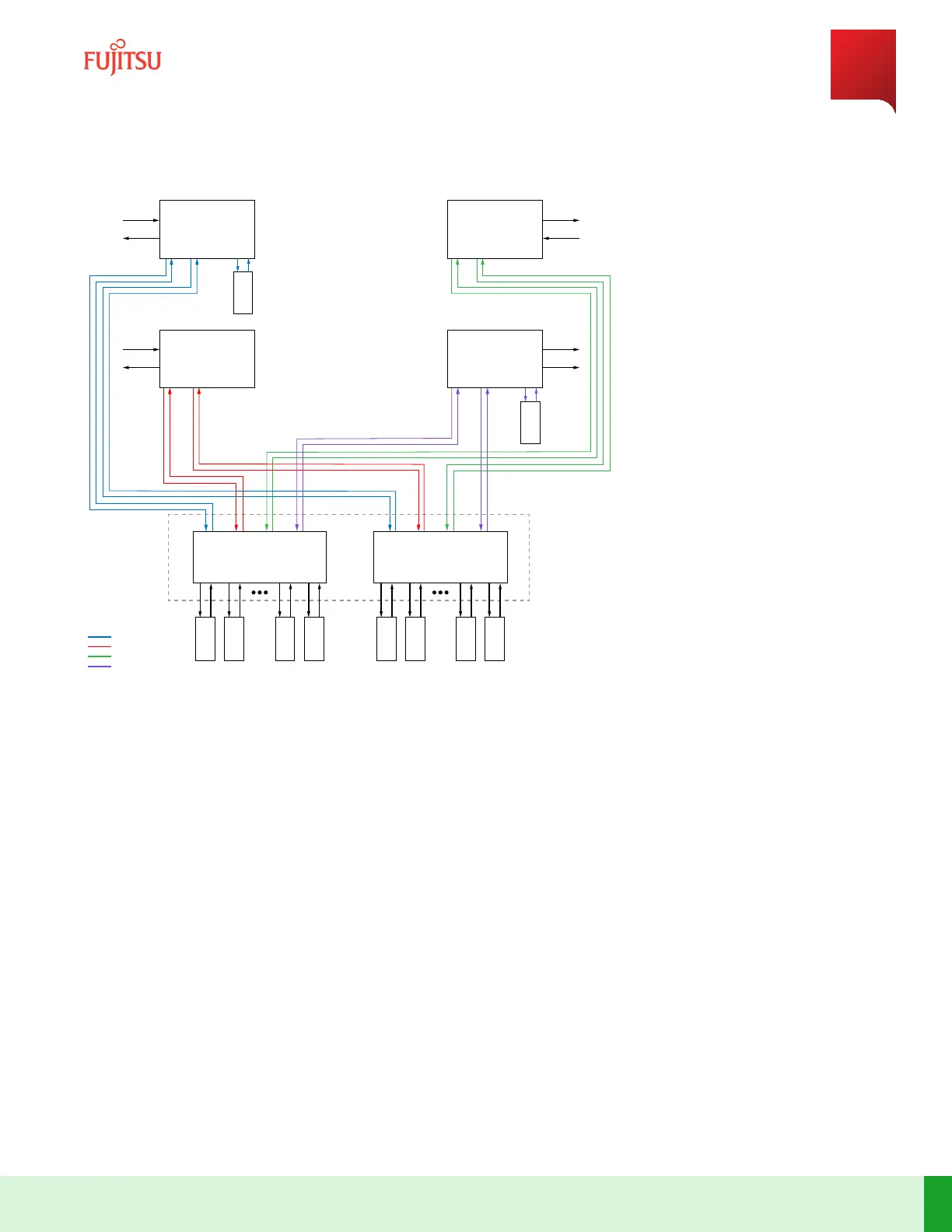